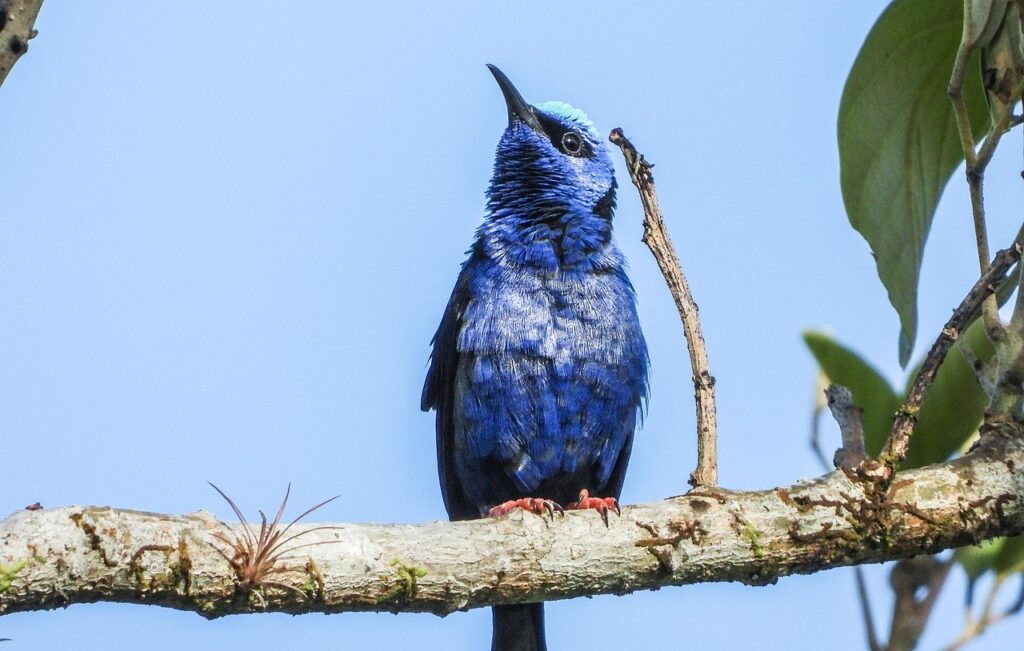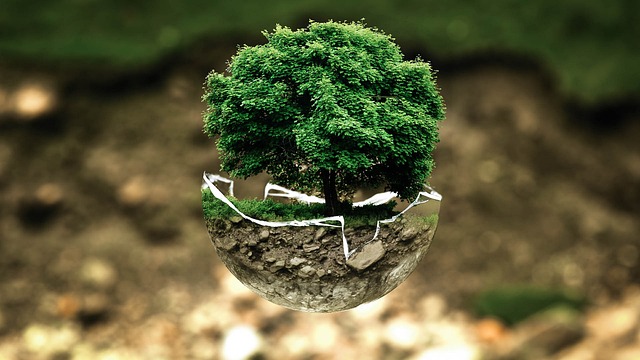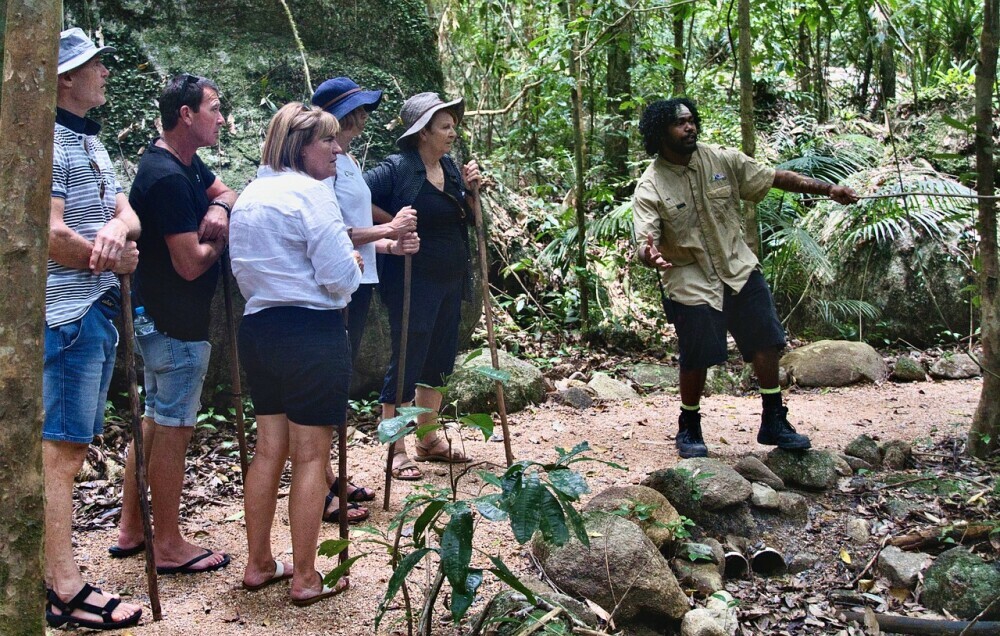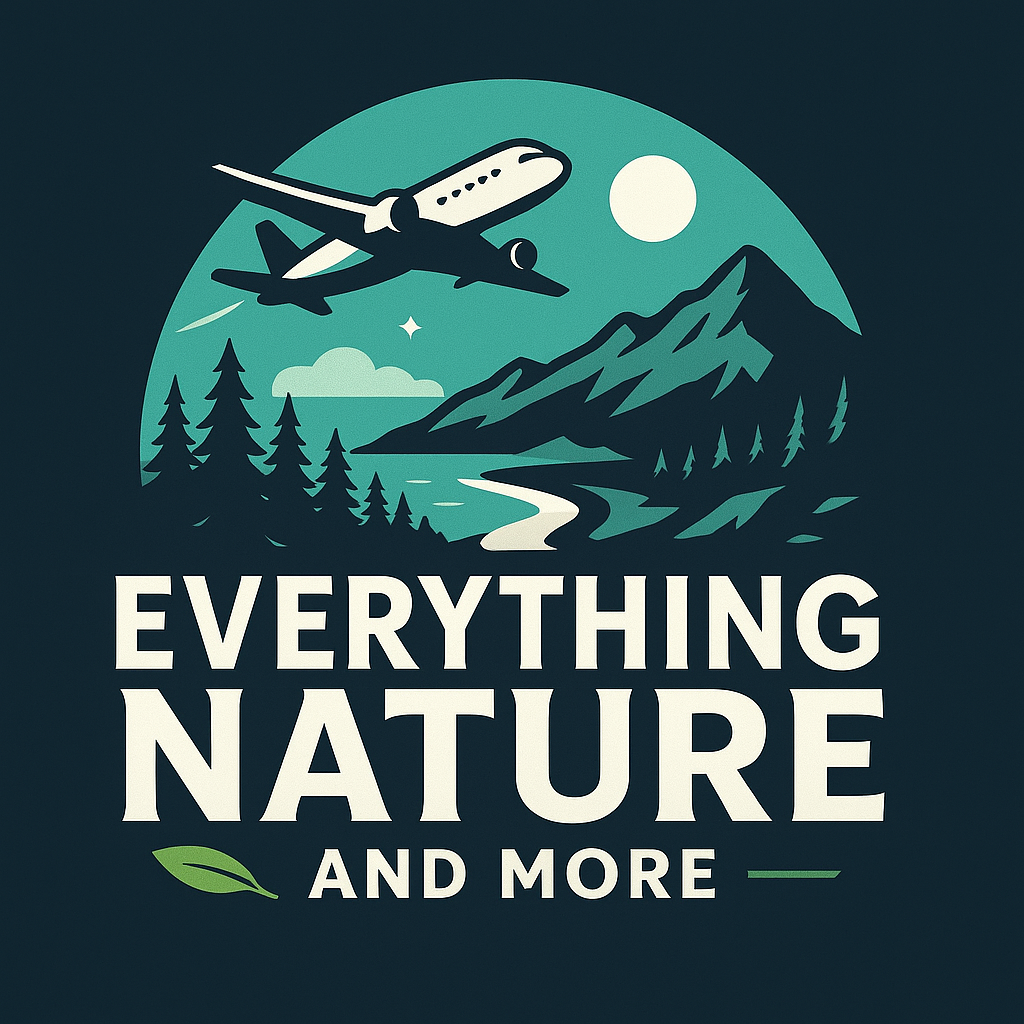I earn commissions if you shop through the links below at no additional cost to you.
Last Updated on February 3, 2025 by Jeremy
It’s easy to think of extinction as something that happened long ago—woolly mammoths, dodos, and saber-toothed cats. But right now, in our lifetime, entire species are vanishing at an alarming rate.
During my travels, I’ve come across stories of conservation efforts that have made a difference. While I haven’t personally visited these locations, I’ve read about dedicated groups working tirelessly to restore populations, protect habitats, and prevent extinction. One such case that stuck with me was the Vancouver Island marmot—a species once on the brink, but now recovering thanks to conservation efforts in British Columbia.
Every species plays a role in keeping nature in balance. From elephants shaping the African savanna to the tiny bees pollinating forests and fields, each creature has a job. But deforestation, climate change, pollution, and illegal hunting are pushing many species to the edge.
Some animals, like the giant panda and bald eagle, have made miraculous comebacks thanks to conservation efforts. Others, like the vaquita porpoise, Sumatran tiger, and Hawaiian honeycreeper, are barely hanging on.

But here’s the good news—we have the power to help.
Global Conservation Efforts: Who’s Fighting for Wildlife?

Wildlife protection isn’t just about saving one species—it’s about protecting entire ecosystems. Across the world, different organizations and governments are stepping up to the challenge.
International Laws That Protect Wildlife
- CITES (Convention on International Trade in Endangered Species) – Regulates the global trade of endangered species, preventing illegal trafficking.
- Ramsar Convention – Protects important wetlands that support wildlife, including migratory birds.
- UNESCO World Heritage Sites – Many biodiversity hotspots are protected under this designation.
National and Local Efforts
Many countries have strong wildlife protection laws:
- The Endangered Species Act (USA) – Has helped save species like the California condor and American alligator.
- Canada’s Species at Risk Act – Aims to protect species like the woodland caribou and Atlantic salmon.
- Costa Rica’s Wildlife Protection Law – One of the strongest conservation laws, helping jaguars and sea turtles thrive.
Conservation Success Stories
- Nepal’s anti-poaching units have reduced poaching rates to near zero in national parks.
- Kenya’s elephant conservation programs have led to a baby elephant boom.
- Ecotourism programs in Madagascar have helped lemur populations stabilize.
These global efforts prove that when laws, conservation groups, and local communities work together, endangered species can recover.
Explore Alaska’s wildlife conservation destination with Viator.
How Your Daily Choices Impact Wildlife

You might not realize it, but the choices you make at home can have a global effect on endangered species.
1. Choose Sustainable Products
- Buy certified sustainable palm oil to protect orangutan habitats.
- Avoid products made from unsustainable logging, which threatens forests.
- Opt for eco-friendly seafood to protect ocean life.
Learn more about how synthetic chemicals impact wildlife.
2. Travel Responsibly
Not all wildlife experiences are ethical. I’ve heard stories about how certain eco-lodges in Costa Rica donate a portion of their profits to conservation programs. While I didn’t stay at one myself, it made me think about how travel can directly impact conservation.
When traveling, here’s how to make a difference:
- Stay at eco-friendly lodges that protect habitats.
- Choose wildlife tours that support conservation.
- Avoid tourist attractions that exploit animals (like elephant rides, sloth tours or tiger selfies).
Find ethical wildlife tours with Viator.
Taking Action: How You Can Help Endangered Species

It’s not just about supporting big organizations—small actions can have a big impact.
1. Volunteer for Wildlife Conservation
- Many national parks and conservation groups need volunteers.
- Programs like sea turtle conservation in Mexico or wildlife tracking in Africa allow travelers to get hands-on.
2. Join a Citizen Science Project
- Report wildlife sightings to help track endangered species.
- Participate in bird counts, beach cleanups, and biodiversity surveys.
3. Symbolically Adopt an Animal
- Many conservation groups offer adoption programs where your donation funds habitat protection.
- Options include adopting polar bears, sea turtles, or red pandas.
4. Support Wildlife Education
- Teach others about conservation—especially younger generations.
- Visit ethical sanctuaries and national parks that focus on education and research.
I once read about a whale research project where travelers could volunteer to help collect data and track whale populations. While I haven’t personally done this, it made me realize how travelers can actively contribute to conservation efforts.
Find conservation volunteer programs.
Beyond Conservation: How Wildlife Shapes Our World

When you think about protecting endangered species, it’s easy to focus on saving the animals themselves. But wildlife conservation is about so much more.
- Forests thrive because of seed-dispersing animals like elephants and monkeys.
- Coral reefs survive thanks to grazing fish that prevent algae overgrowth.
- Healthy ecosystems mean clean air, clean water, and a stable climate.
Every ecosystem is a delicate web of life—and when one species disappears, the effects ripple outward.
The loss of pollinators like bees could affect global food supplies.
The decline of predators like wolves can unbalance entire ecosystems.
The extinction of fish species could devastate coastal communities.
Protecting endangered species isn’t just about wildlife—it’s about protecting the health of the planet for all of us.
Closing Thoughts: Small Actions, Big Impact
You don’t have to be a scientist or conservationist to make a difference for endangered species.
Every choice—from the food you buy to the way you travel—can help protect wildlife and preserve nature for future generations.
- Support eco-friendly businesses.
- Travel responsibly and avoid unethical wildlife tourism.
- Get involved in conservation efforts near you.
The world is changing fast, but we still have time to act.
Before your next trip, consider choosing a destination that values conservation, supporting organizations that protect wildlife, and making small changes in your daily life that help preserve biodiversity.
What’s one way you’ve helped protect wildlife? Share your experience in the comments—I’d love to hear about it!

Leave a Reply